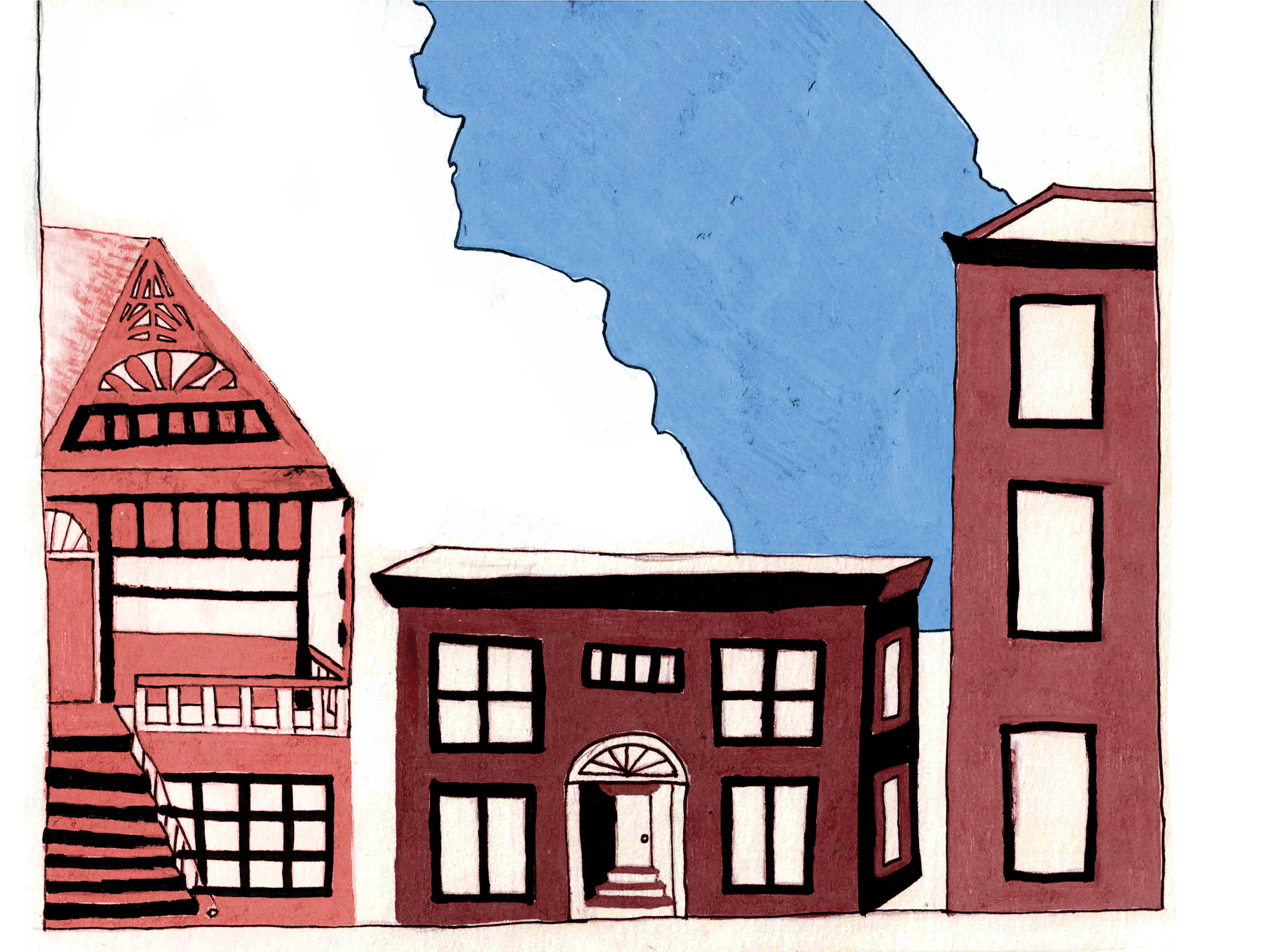In recent years, terms such as “systemic classism” and “institutionalized racism” have battled their way to the forefront of public conscience. What makes classism and racism in American institutions so problematic is how difficult they are to escape from, as their effects accumulate over time. Starting with education, society’s widening education gap has only exacerbated inequities. Getting a good education is said to be a means of advancement, but there is stark inequity that prevents this from happening, which all stems from funding.
According to Funding Gaps 2018, a study by Education Trust, “Across the country, the US spends approximately 7 percent — or one thousand dollars — less per pupil on students educated in our nation’s highest poverty districts than those educated in the wealthiest.” What causes funding to be so drastically different amongst school districts?
In order to fund services, governments heavily rely on property tax, as it is a steady source of revenue. But the policy that governs property tax revenue allocation says tax dollars must fund local schools. So, in areas with expensive homes and higher property tax revenue, there is more funding available to schools in that area.
The opposite happens too. In districts with less expensive homes, there is less property tax money to fund school districts. Schools with more funding have more resources and opportunities to offer their students, who will then have higher educational outcomes on average. This only leads to intensified wealth gaps later on, as education is, more often than not, a clear predictor of future income.
As a reliable source of funding, property tax revenue must continue to fund schools. Rather than allocating more money to schools proportional to the property tax revenue generated from its community, we must distribute this funding equally amongst schools. In order to do this, we need to pool together all property tax collected in California. Once money is collected at the state level, we can then distribute it evenly to schools, regardless of location, and proportional to the number of students attending that school.
The purpose taxes serve is to redistribute wealth and improve communities, and this simply cannot happen if we only use taxes in local communities, as wealth will remain in wealthy areas. The areas that people are born in, which highly depend on their family’s wealth and race, will directly impact how much money they will make in the future — a cycle that makes this problem “systemic.”
If all school districts were to deliver resources equally to their students, students would have more opportunities to receive higher education, to pursue an interest, or to explore more options in the future. In a society with a broken social safety net and widening wealth gap, it is not only low-income communities that disproportionately take the hit for this flaw in education policy, but communities of color and some of the most vulnerable in society. Having this disparity piled on top of the influence of money in politics, an unrealistic minimum wage, and the soaring cost of living, strengthening our education systems in this way is a step to doing better by America’s students and working to dismantle institutionalized racism and classism.





